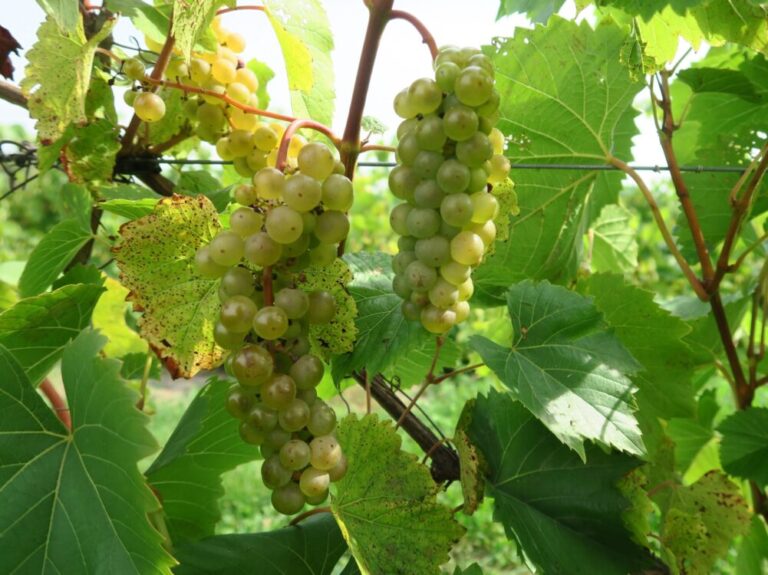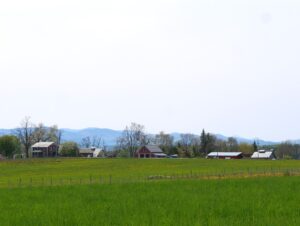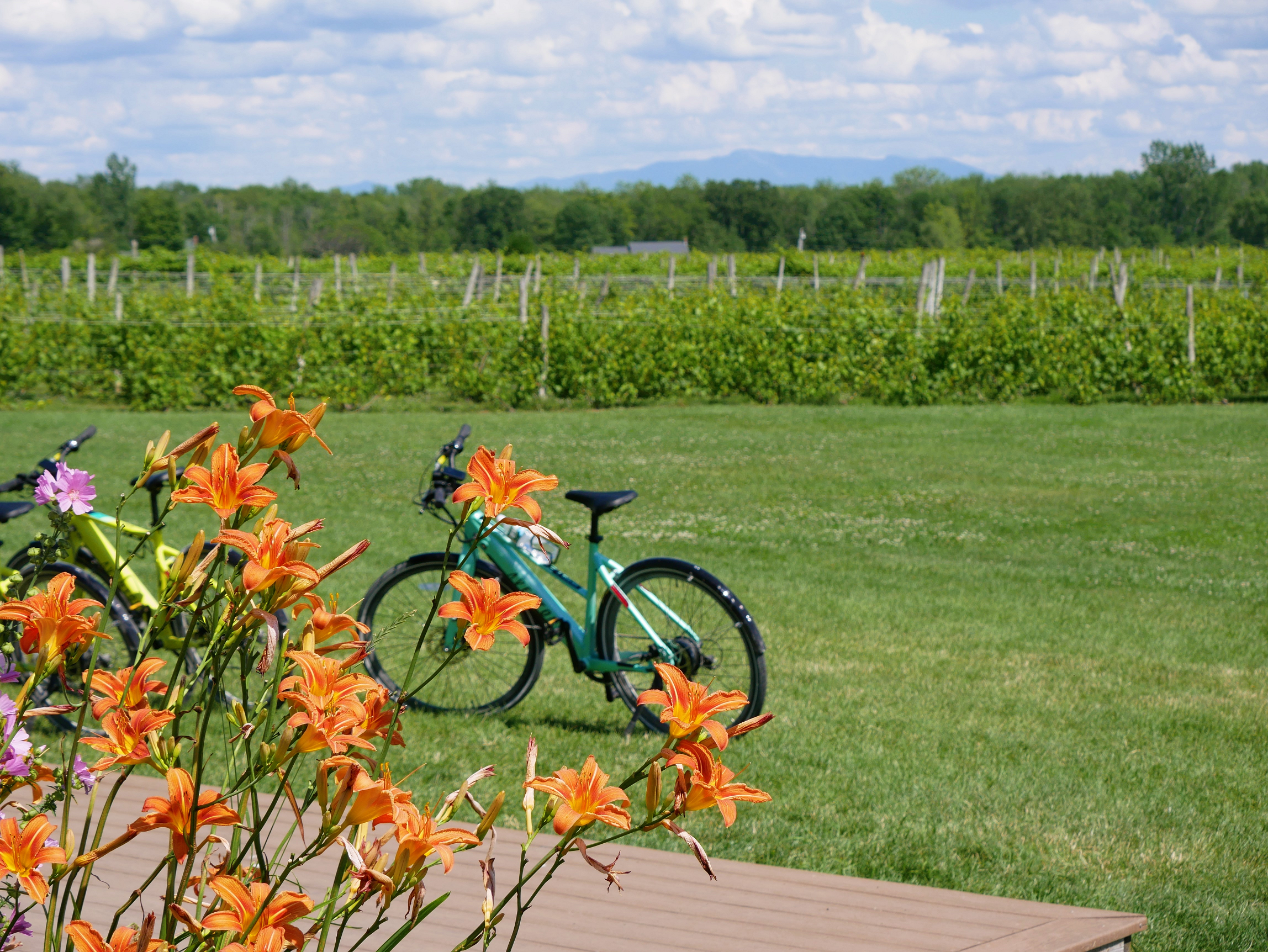If you dream of passing around a bottle of your own hand-crafted wine at the dinner table, your dream may not be too far off. There are lots of resources available to help you grow grapes at home and enjoy the fruits of your labor with your very own wine!
It takes quite a bit of time and planning to make wine, so to be sure it’s delightful when you pop the bottle, you’ll want to consider the key questions below.
It’s a also good idea to find a local resource or support network to help you. Whether it’s the University Extension service, a fellow winemaker, or a short course you take on winemaking. That way you’ll feel confident when you plant your grapes in the spring.
You could consider starting out by making wine from apples, blackberries, strawberries, raspberries, or dandelions before tackling grapes. These types of wine tend to be less complicated to make compared to grape wines. And, you’ll get an idea of whether you like the process before you invest in a lot of grapevines.
With that said, here are the answers to some of the most common questions new home winemakers ask about how to get their backyard vineyard started.
In a future post, we’ll explore what to do once your vineyard is established!
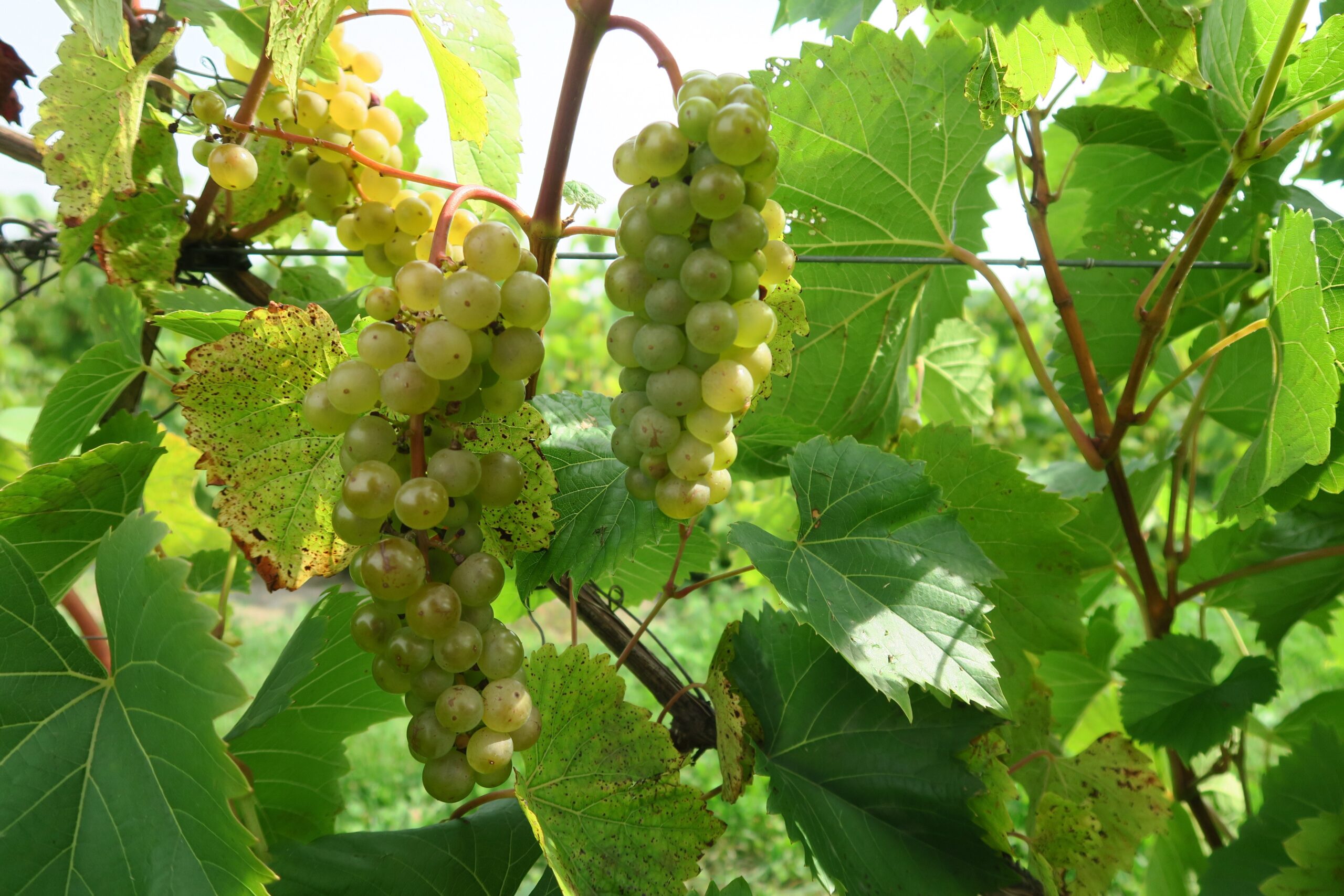
How many plants do I need to make about 5 gallons of wine?
If you want to make a 5-gallon batch of wine you would need a minimum of 20 plants. The yield is about 1 gallon of wine from 20 pounds of grapes. One plant typically produces about 5 pounds of grapes. That means you need 5 plants for every gallon of wine you want to make.
The number of plants you start with also depends on how much you plan to invest in the project. You may want to look into buying from a wholesale nursery like Northeastern Vine Supply. For one to 25 vines, they’ll cost you $11 dollars each for bare root vines that can be shipped. They will have 16-24 inches of roots and the tops will be trimmed to 8-12 inches.
Where and how should I plant the vines?
Grapes are prone to mildew and other diseases. To reduce the risk of these problems, plant them where the soil is well-draining. Dig a three-foot deep test hole to check the drainage before planting. Fill it with water and then check it after 72 hours. If it still has water in it, you’ll need to find another spot. You could also consider planting your grapes in a raised bed in moderately or somewhat poorly drained soils.
You should also test the soil’s pH. In Vermont, you’ll be most successful with French Hybrid grape varieties. They are made to handle the cold and be disease resistant. They like a soil pH of 5.5 to 6.5 but will tolerate up to 7.0.
In cold areas like Vermont, it’s a good idea to plant your grapes in higher-elevation areas of your land that get southwest exposure. Elevation reduces the risk of frost damage and makes the growing season longer. Planting near large bodies of water can also help moderate the temperature.
At Snow Farm Vineyard, being close to Lake Champlain extends the growing season into the fall. The Champlain Islands have the longest growing season in the state!
When you’ve found your site, plant the grapes about eight feet apart in rows that are ten feet apart.
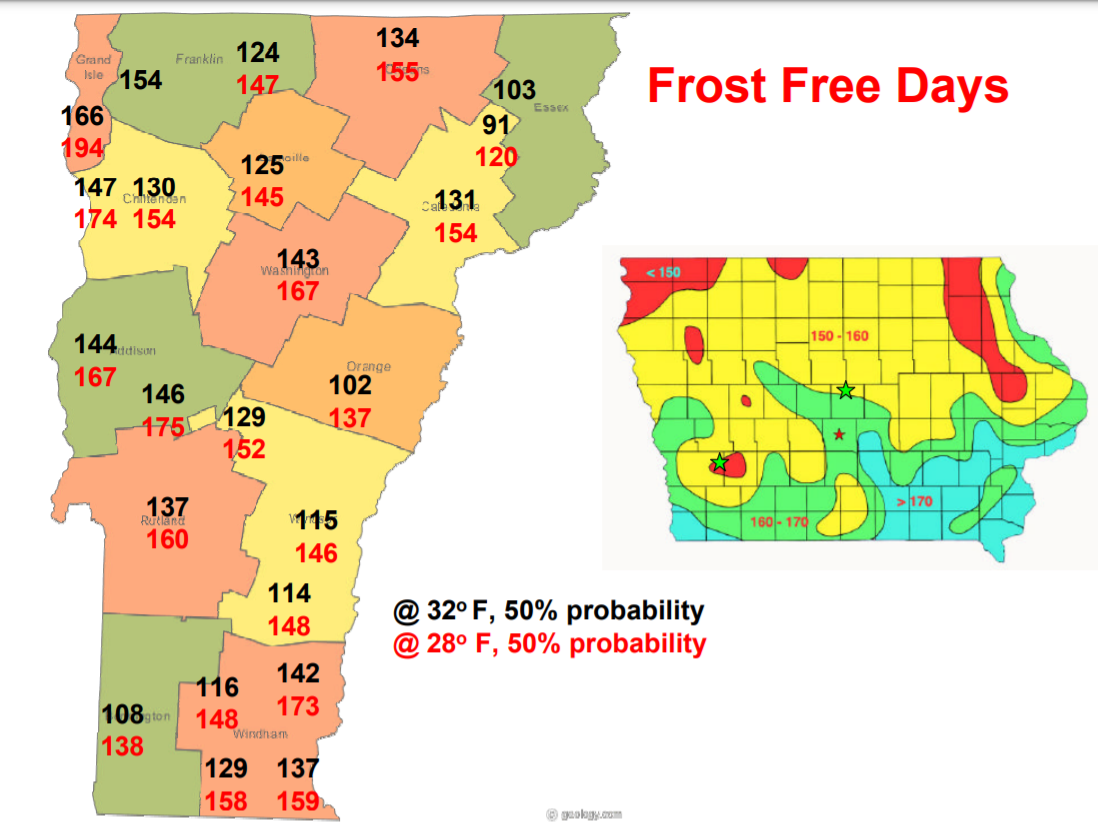
Source: Considering a Vineyard? Dr. Paul Domoto, Iowa State
What types of grapes should I start with if I live in Vermont or somewhere cold?
How long will it take to start producing fruit?
It takes between three and five years for grapevines to start producing fruit. You’ll want to take into account the age of the plant when you purchase it as well. Here are the approximate ages of plants based on their size when purchased:
- 1 Gallon Pot – 12 to 18 months old
- 2 Gallon Pot – 24 to 30 months old
- 3 Gallon Pot – 36 to 48 months old
What about trellising?
Good luck and be sure to stop in to Snow Farm Vineyard to talk grape growing. Our winemakers would be happy to chat with you!
